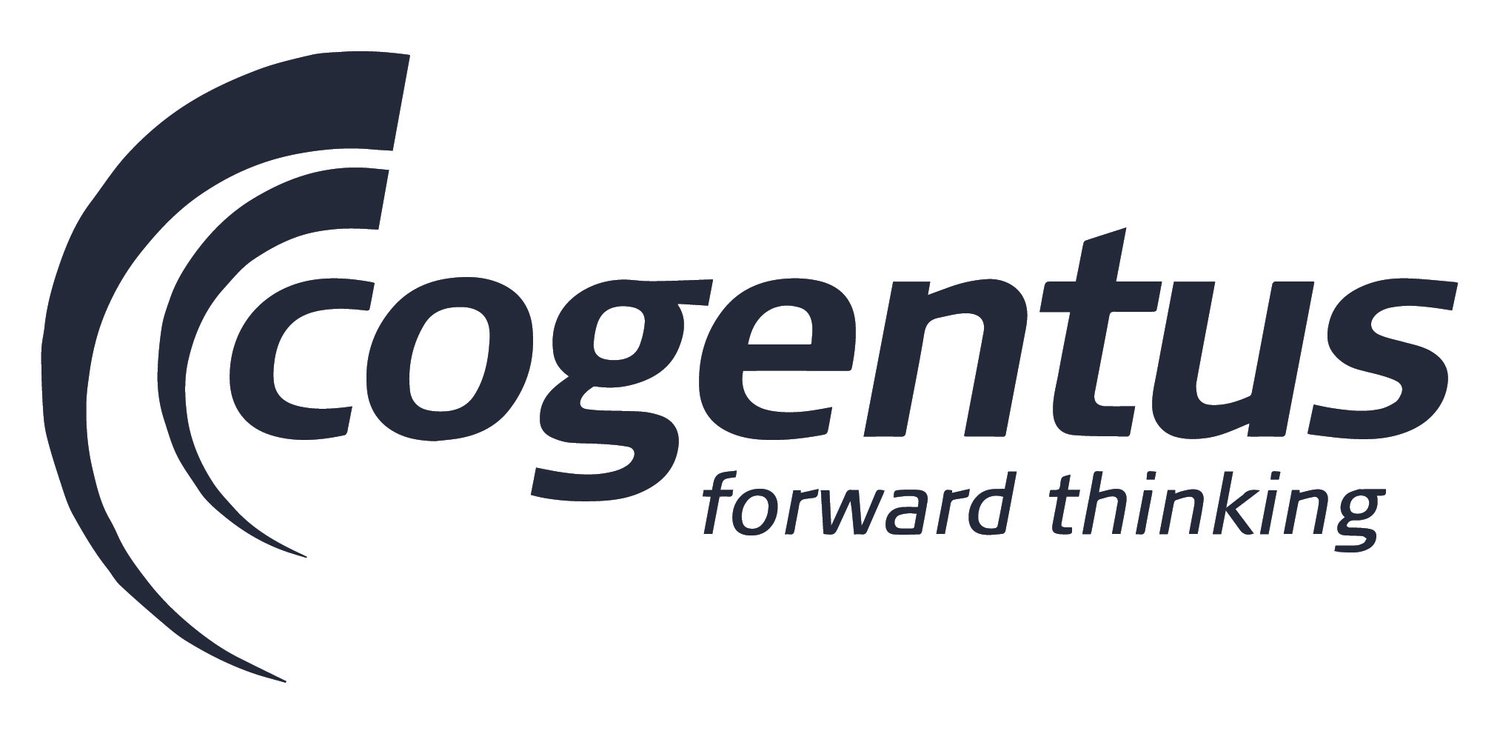We were delighted to have run the the ISD Workshop this December.
Background
In December 2017, the international decommissioning community met in Augusta, GA to discuss the benefits, challenges, regulatory acceptability and safety of In Situ Decommissioning (ISD). Following the very successful 3 day meeting, Working Groups were set up which identified common areas across multiple countries which were developed in the subsequent year including;
Development and definition of the “ISD Spectrum” to describe different types of ‘ISD’ and to develop a consistent position with IAEA that ISD is not just ‘entombment’
The benefits of an ISD Resource document containing case studies, information on project timescales and details of the long-term management of ISD sites
The importance and optimization of the safety case for ISD projects
The importance of a common glossary of terms to help ensure a consistent message to stakeholders across multiple countries
The pros and cons of ‘ISD Facility Maps’
A second workshop (held virtually as a result of COVID-19 travel restrictions) was then arranged in December 2020 which revisited these areas and which focused on recent activities, progress and future challenges in the U.S., U.K. and Canada.
The key outputs from the second workshop were a more detailed development of the ISD spectrum, a renaming of the spectrum as the “Spectrum of Decommissioning End States” and a reinforcement of the need for consistent terminology between countries.
In the intervening 2-3 years, new projects have emerged in the U.K. and the U.S. where a form of ISD is now being considered and some of the existing projects that have been in the planning and regulatory approval phases have progressed.
This workshop provided an update on the current status of ISD projects such as NPD and WR-1 reactors in Canada, and the MSRE BOP at Oak Ridge and introduced the ISD Community of Practice to new potential projects including Building 235F at Savannah River and potential ISD in the UK. It also served to introduce new participants from these projects to the previous work on ISD and ensure that they are able to take advantage of the best practices developed during the last 4-5 years of ISD workshops.
As with previous meetings, attendees were from multiple organizations which are responsible for decommissioning strategy development and implementation including the US Dept of Energy (DOE sites and HQ), Atomic Energy of Canada Ltd (AECL), Canadian Nuclear Laboratories (CNL), UK Nuclear Decommissioning Authority (NDA) and their contractors. Other organizations such as IAEA, US NRC, Canada CNSC and the UK Environment Agency will be invited to ensure that their perspectives are integrated into the discussions.
Objectives
The workshop's aims were to identify common critical issues and to discuss to identify actions that can be taken to address the issues.
The meeting objectives are to:
Develop further understanding of the current status of ISD-like projects in the U.K., U.S. and Canada.
Introduce new ISD projects such as B235F at Savannah River and potential projects such as MSSS at Sellafield
Discuss lessons learned from this experience and how they might be relevant to potential ISD activities in the UK and Canada.
Discuss the IAEA, NRC, CNSC and EA positions on ISD and how this affects future ISD-like remediation plans and activities.
Identify key challenge points to future implementation of ISD-like remediation and recommend approaches to addressing these in the future.
Identify and discuss the issues, barriers, constraints and lessons learned that are applicable to the ISD Challenges facing AECL, UK NDA and US DOE.
Develop a post-workshop ”Action Plan” through the organization of focused Working Groups (or other, similar mechanism), to address key challenges identified throughout the workshop.
Continue the development of the international Community of Practice on ISD in the light of existing and new members.
The outputs from the meeting were:
Raw outputs from each day.
An Executive Summary of the workshop discussions.
A formal report of the workshop.
Details of the Working Groups, their charters, and their intended path forward (meeting dates, Working Group members etc.)

